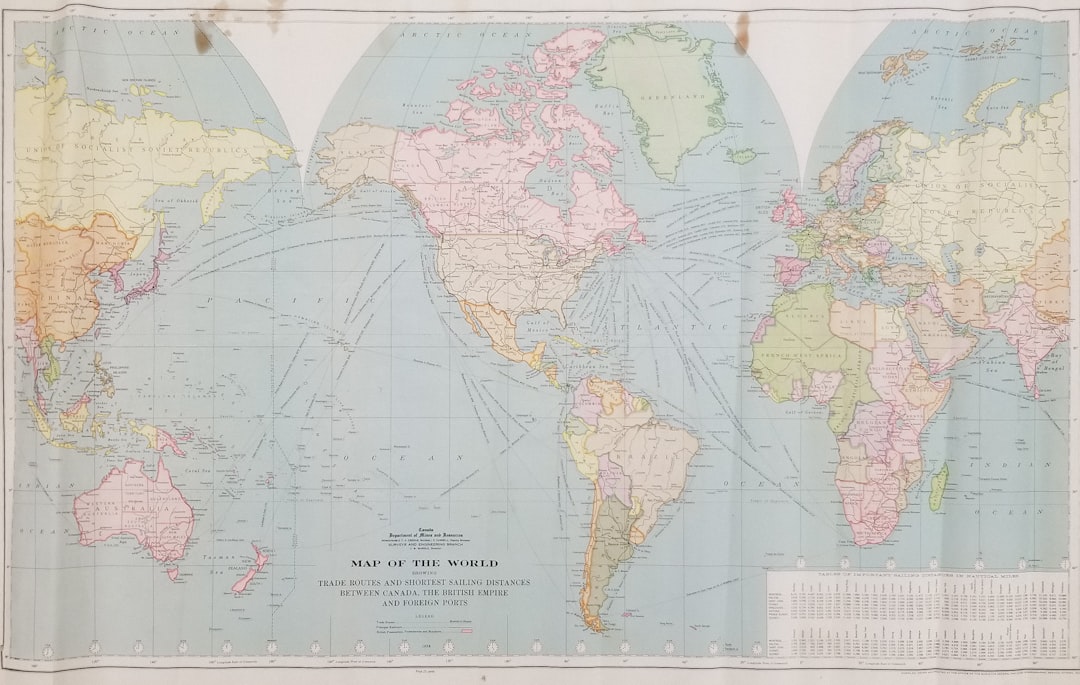In today’s digital-first world, food delivery services and courier platforms have become indispensable. To provide a smooth user experience, these companies rely heavily on location and navigation tools to fulfill orders accurately and efficiently. For many, Google Maps is the default choice for mapping needs. However, there’s an increasing trend among delivery apps to explore and adopt alternatives to Google Maps. This shift isn’t just about cost—it’s a combination of technical, operational, and strategic reasons that are motivating this transformation in the industry.
Cost Efficiency: One of the Biggest Motivators
One of the key factors that delivery platforms consider when looking beyond Google Maps is pricing. While Google Maps offers precise data and reliable routing, it comes with a price tag that increases with scale. Delivery services handling thousands or even millions of orders a day can quickly accumulate hefty bills.
Several Google Maps alternatives, such as OpenStreetMap, Mapbox, and Here Technologies, offer more cost-transparent pricing models or even free access under certain usage thresholds. For startups or markets with tight margins, every dollar counts, making the stability and predictability of these alternatives not just appealing, but essential.
Customization and Flexibility
Delivery apps often operate in uniquely complex logistical environments. Unlike general navigation apps, they must consider factors like traffic flow, delivery windows, restaurant prep times, and customer availability. Google Maps, while inherently powerful, may lack the level of customization needed to build these into the data layers.
Alternatives like Mapbox allow companies to fully customize everything from visuals to routing algorithms through access to raw data. This flexibility is highly valuable for enterprises seeking full control over their delivery platform’s behavior and appearance.

Real-Time Routing and Traffic Data Integration
Efficient routing is vital for timely deliveries. Although Google has strong real-time traffic data, alternatives like Here Maps and TomTom are competitive in this area as well. These services collect large volumes of real-time traffic information, often from a variety of sources, including vehicle fleets and cellular data.
Moreover, some companies are choosing to build their own proprietary traffic engines. By triangulating data from their own courier networks, they can analyze hyper-local trends and optimize routes more accurately than any off-the-shelf product could achieve.
Avoiding Platform Dependency
Relying exclusively on a single API puts any company at risk. If Google were to significantly change its pricing or terms of service, it could disrupt delivery operations worldwide overnight.
By integrating or transitioning to alternative mapping platforms, delivery apps build resilience against such risks. Multi-sourcing location services allows for a more distributed infrastructure and helps maintain business continuity, even if one provider faces downtime or other interruptions.
Localization Advantages
While Google Maps offers extensive global coverage, certain local or regional map providers offer higher accuracy in specific areas. For example, Baidu Maps in China or Yandex Maps in Russia often outperform Google Maps in terms of local detail, navigation rules, and address recognition.
Delivery apps operating in these regions stand to gain more from local providers, especially in areas where Google Maps has limited or outdated data.

Open Data and Community Contribution
OpenStreetMap (OSM) is a prime example of a community-driven mapping initiative. It allows anyone to contribute, making it remarkably good at capturing hyper-local details such as new roads, construction diversions, or informal addresses commonly used by residents—but not always recognized by commercial services.
Delivery services benefit from OSM by participating in this collaborative mapping effort. They can tailor the open data to match their specific logistics needs, all while contributing to the ecosystem that supports their services.
Regulatory and Compliance Concerns
In certain jurisdictions, the use of foreign-based APIs such as Google Maps can create compliance issues. Governments in regions like China or parts of the Middle East may place restrictions on how location data can be stored and processed. For delivery applications targeting these markets, alternatives that are either regionally compliant or locally hosted become necessary.
Simplified Data Ownership and Privacy
Data privacy is increasingly becoming a concern for both users and regulatory bodies. By using platforms that offer self-hosting models or that don’t share data with third-party advertisers, some delivery services can better align with regulations like the GDPR or CCPA.
Having more control over how data is collected, stored, and processed not only enhances transparency but can also serve as a trust-building factor with customers.
Innovation and Differentiation
By avoiding the generic template of Google Maps, companies can differentiate their technological stack. Implementing custom-designed maps or novel routing intelligence allows them to innovate and stay ahead of competitors. In a competitive landscape like food and parcel delivery, a small cost saving or routing efficiency can lead to significant long-term gains.
Ultimately, opting out of the default path opens the door to creative problem-solving tailored precisely to a company’s operational context.
Conclusion
While Google Maps remains an industry leader in online mapping and navigation, it’s not the only player in the game. Delivery apps that opt for alternatives often do so for highly strategic and sensible reasons—ranging from cost savings and customization to increased control and compliance. As the delivery economy continues to evolve, so too will the tools these platforms use to navigate the world.
FAQs
- Q: What are the most common alternatives to Google Maps used by delivery apps?
A: Popular alternatives include OpenStreetMap, Mapbox, Here Technologies, TomTom, and regional services such as Baidu Maps and Yandex Maps. - Q: Is it free to use OpenStreetMap?
A: Yes, OpenStreetMap is free and open-source. However, companies may incur costs if they use third-party services that enhance OSM data or provide hosting options. - Q: How do delivery apps benefit from custom routing?
A: Custom routing allows apps to account for unique factors like restaurant prep time, courier availability, and peak traffic hours, improving delivery efficiency. - Q: Are there any drawbacks to using Google Maps alternatives?
A: Some alternatives may lack the same level of detail and reliability in certain regions, especially in rural or rapidly developing areas. - Q: Can a company use multiple mapping services at once?
A: Yes, integrating multiple services allows businesses to balance cost, accuracy, and functionality depending on the location and use case.
I’m Sophia, a front-end developer with a passion for JavaScript frameworks. I enjoy sharing tips and tricks for modern web development.
